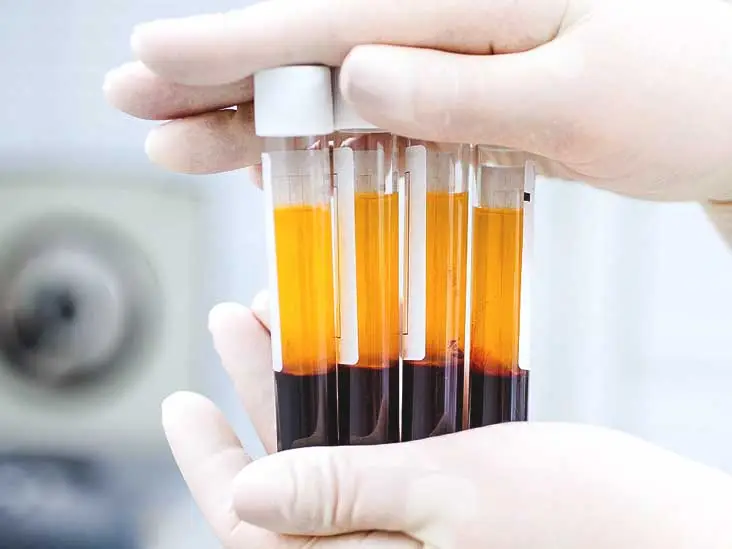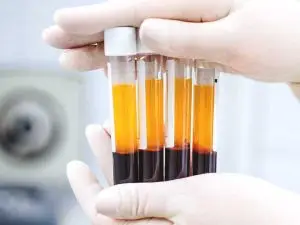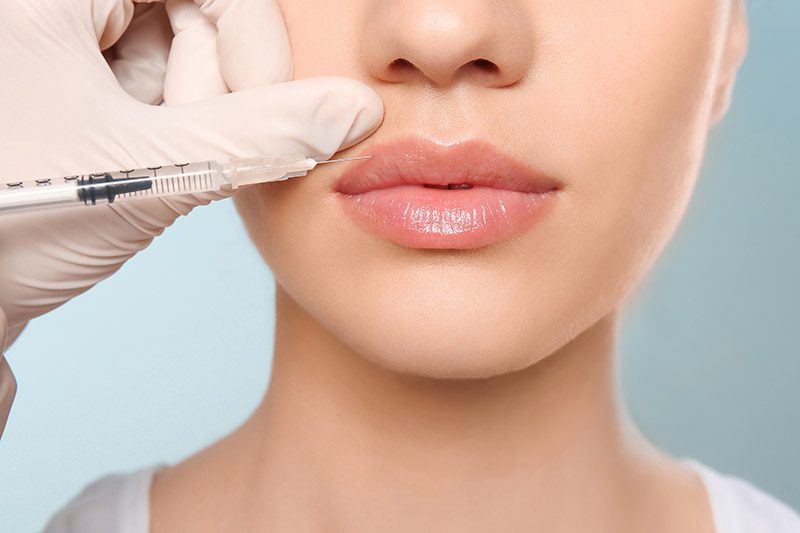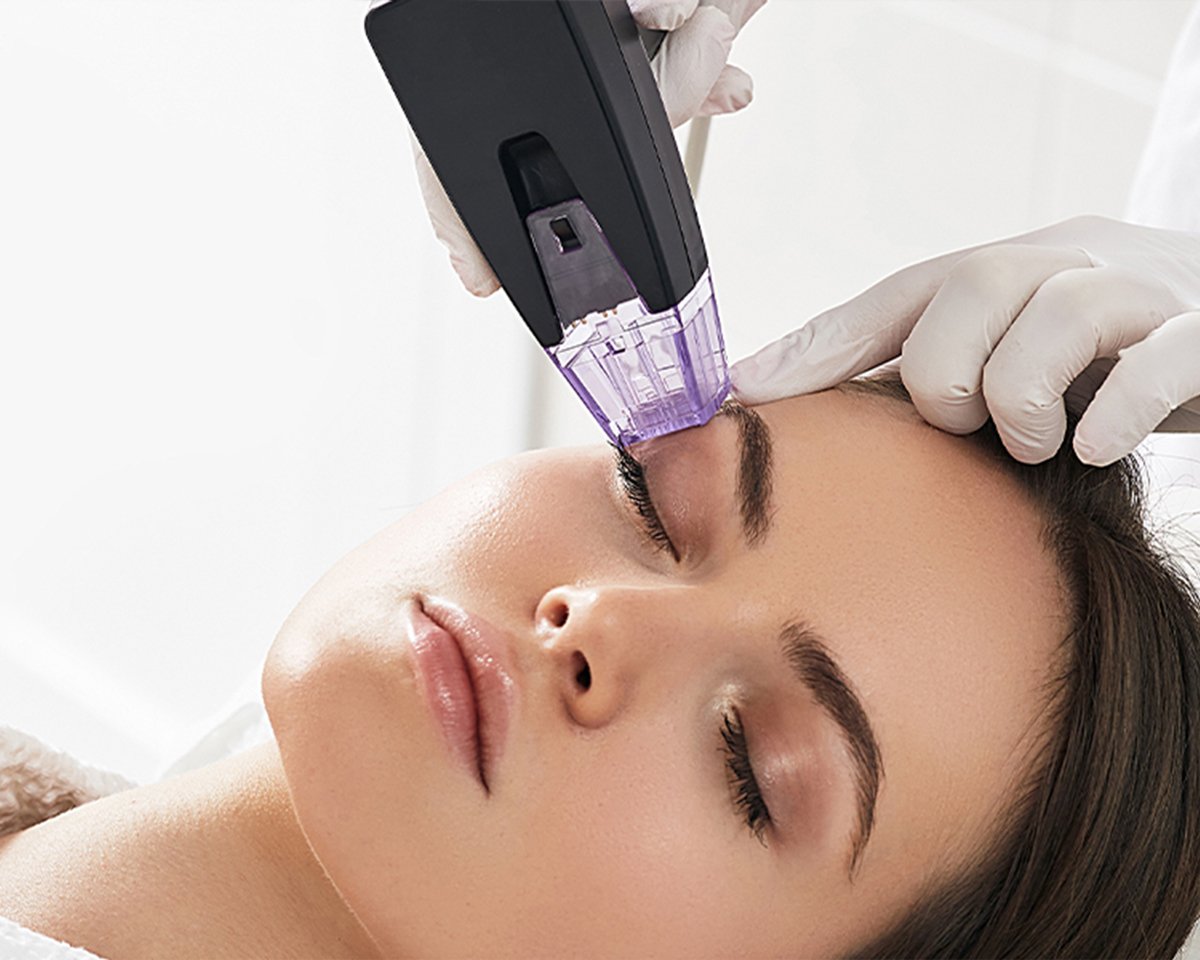
Frequently Asked Questions about PRP

Platelet-rich plasma (PRP) is a treatment that harnesses the healing properties of platelets found in blood. These platelets, rich in growth factors, are separated from the patient’s blood through centrifugation, creating a concentrated plasma. This plasma, containing a higher platelet concentration than normal, is then reinjected into the patient at the site requiring treatment. PRP is a three-step procedure involving blood draw, platelet separation, and reinjection, aimed at stimulating tissue regeneration and healing in the targeted area.
Platelet-rich plasma (PRP) injections harness the healing properties of concentrated platelets to accelerate the body’s natural repair processes. By activating platelets and releasing growth factors, PRP stimulates the production of reparative cells, enhancing tissue regeneration and healing. With over 30 bioactive proteins and growth factors, PRP promotes the formation of new blood vessels and tissue growth, facilitating the healing of injuries or aiding in the recovery process. While the body cannot increase platelet production in a specific area, PRP injections can deliver up to five times more platelets to targeted sites, providing a potent boost to the healing process in cases of acute injuries or where healing has stalled.
PRP (platelet-rich plasma) injections are generally safe with minimal risks of major side effects. The procedure involves a blood draw, so being well-hydrated and having eaten beforehand is advisable to prevent lightheadedness. Post-procedure, you might experience soreness and bruising at the injection site, but since the injection utilizes your own plasma, the risk of rejection or allergic reactions is low. While there’s a slight risk of infection at the injection site inherent to any needle procedure, PRP therapy’s safety is attributed to its autologous nature, utilizing the body’s own resources. Soreness and bruising, if experienced, are typically short-lived and manageable with ice and over-the-counter medications. The risk of infection during PRP injections is mitigated by strict sanitation protocols, making it a safer option compared to surgical procedures.
After PRP injections, patients may experience pain and tightness around the treated area for the initial 48 hours, with cold compression recommended for pain relief and paracetamol suggested for severe pain, while NSAIDs, antibiotics, and steroids should be avoided to prevent interference with the healing process. Clinics offering platelet-rich plasma injections prioritize minimal to no pain during the procedure, employing techniques such as anesthesia injections or numbing cream application, vibration anesthesia devices, and the use of very fine needles. Ice packs cen be also provided post-procedure to numb the area, reduce inflammation, and minimize bleeding. PRP facial treatments with microneedling may cause mild discomfort or a sensation akin to light sunburn, though numbing creams can be applied beforehand to improve comfort levels.
Following PRP injections, it’s important to be aware of potential side effects, although most are not severe. If symptoms persist or worsen, consulting a doctor is advisable. Side effects related to the blood drawal include dizziness and nausea, while those linked to the injection site encompass pain and irritation during healing. Rare complications may involve scar tissue, blood vessel injury, or nerve damage.
However, rare yet serious side effects, like difficulty swallowing, speaking, or breathing, may occur. It’s crucial to address any concerns regarding potential side effects with your treating specialist.
PRP treatments are swift, typically lasting around 30 to 40 minutes. This non-surgical procedure involves a brief blood draw, usually taking about 10 to 15 minutes for the preparation of platelet-rich plasma in a centrifuge machine. Additional time may be allocated for the application of numbing cream or local anesthetic spray, particularly for facial or hair treatments. Once prepared, the PRP injection or micro-needling process takes approximately another 10 minutes, resulting in a total session time of 30 to 40 minutes.
PRP treatments, whether for facial rejuvenation or hair restoration, typically involve minimal downtime. For PRP facials, redness usually dissipates within a day, with some patients experiencing mild swelling and skin roughness that typically resolves by the third day, although the rough texture may persist for up to a week. Similarly, PRP sessions for hair restoration offer the advantage of no downtime, allowing individuals to return to their daily activities immediately after treatment, making it convenient for those with busy schedules.
PRP (platelet-rich plasma) treatment can be applied to various skin areas including the forehead, eyes, cheeks/mid-face, nasolabial folds, lower face, hands, neck, and décolletage. Additionally, PRP is utilized for hair and beard treatments. In orthopedics, PRP treatments target shoulder pain (related to osteoarthritis or torn rotator cuff), knee pain (including meniscus tear or ACL injury), neck pain, hip pain, and soft tissue damage.
PRP treatment offers a comprehensive rejuvenation solution with natural injectables that are safe and long-lasting. It effectively targets delicate areas, such as the face and hair, reducing wrinkles, sagging, deep creases, acne scars, and fine lines, while improving complexion and skin texture. Additionally, PRP treatment for hair is non-surgical, non-scarring, safe, and highly effective, providing natural-looking results with minimal discomfort and convenient, customized options.
Results from PRP treatments vary depending on the specific procedure. For PRP Face treatments, visible improvements in skin typically become noticeable after 2 to 3 weeks post-microneedling, with marked improvements visible after 4 to 6 weeks. However, individual skin conditions and severity of concerns play a significant role in the timeline. Conversely, PRP Hair injections offer long-lasting results for hair loss, with initial improvements visible within 4 to 6 weeks after treatment. While these treatments can effectively address hair loss concerns, they do not offer permanent solutions.
PRP facial treatments typically yield results lasting between 6 to 12 months after 2-3 initial sessions. Improvement is noticeable after the first treatment, with continuing enhancement over subsequent weeks. For PRP hair treatment, four to six sessions are necessary to see significant results, with new hair growth lasting approximately 18 to 24 months. As PRP effects are not permanent, yearly touch-up treatments are advised to maintain results.
PRP (platelet-rich plasma) treatments offer benefits for both facial and hair rejuvenation. For facial concerns such as acne scars, hyperpigmentation, and fine lines, PRP microneedling is effective regardless of age, with suitability determined by a doctor’s assessment. There isn’t a specific age to begin, as some may benefit in their twenties, while others may see results later. Similarly, for hair restoration, PRP injections work to thicken and strengthen hair, making it ideal to start when hair begins to thin, typically in the 30s, although successful outcomes have been observed across a wide age range from 18 to 72 years old. Factors indicating candidacy include various forms of alopecia, recent hair loss, or high-stress levels leading to hair thinning, even if complete baldness hasn’t occurred.
PRP treatments, whether for the face or hair regrowth, typically require multiple sessions spaced 4 to 6 weeks apart. For skin rejuvenation, 3-4 PRP injection sessions are usually recommended, with the exact number determined individually. Similarly, 4 to 6 sessions are common for hair regrowth, with periodic maintenance sessions every 4-6 months to sustain results. Your doctor will provide guidance on the appropriate number of sessions based on your specific needs.
Various alternatives to Platelet-Rich Plasma (PRP) therapy exist for both facial and hair treatments. For facial rejuvenation, alternatives include exosome treatments, mesotherapy, RF micro-needling (Morpheus8), chemical peels, and laser treatments. As for hair restoration, alternatives encompass minoxidil (Rogaine), finasteride (Propecia), low-level laser therapy (LLLT), topical corticosteroids, hair growth shampoos and topicals, nutritional supplements, hair transplantation, mesotherapy, combination therapies (such as PRP combined with minoxidil or low-level laser therapy), and hormone therapy for cases where hormonal imbalances contribute to hair loss. Each alternative offers distinct benefits and may be tailored to individual needs and preferences.
Transform Your Reflection: Unleash Your Natural Beauty with Dermal Fillers.
Your Skin, Decoded: Experience the Power of Digital Analysis for Personalized Skincare.







